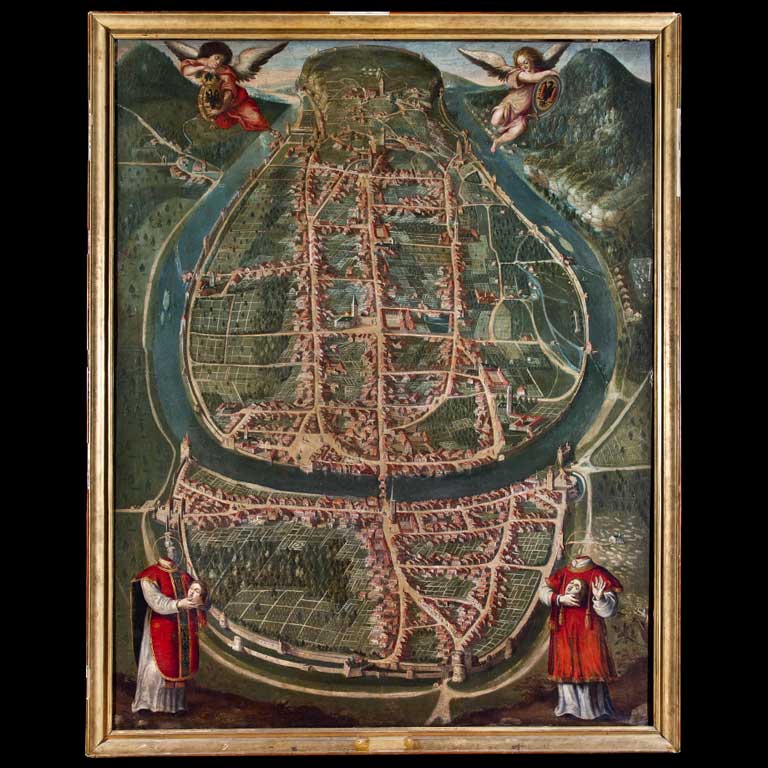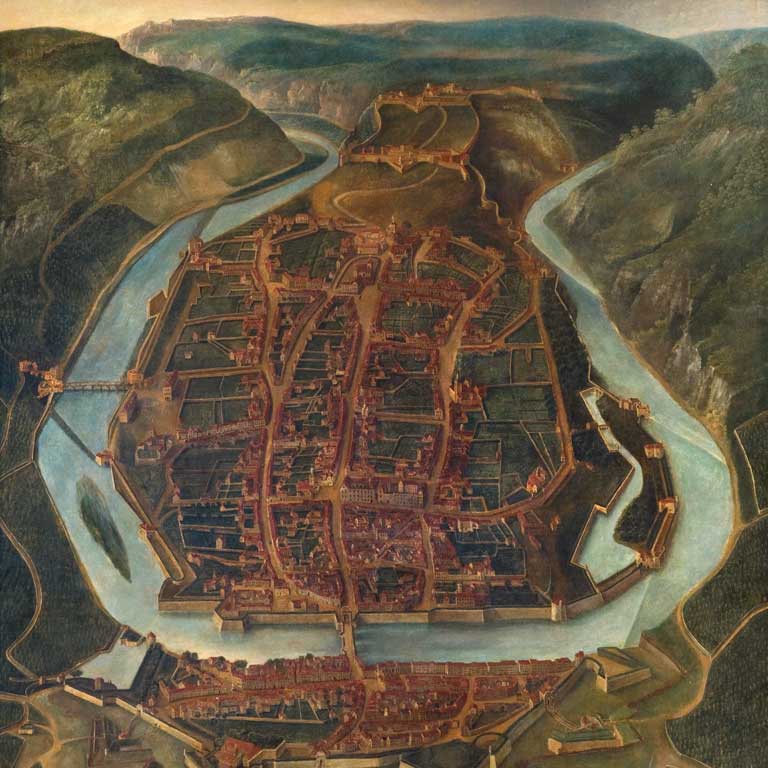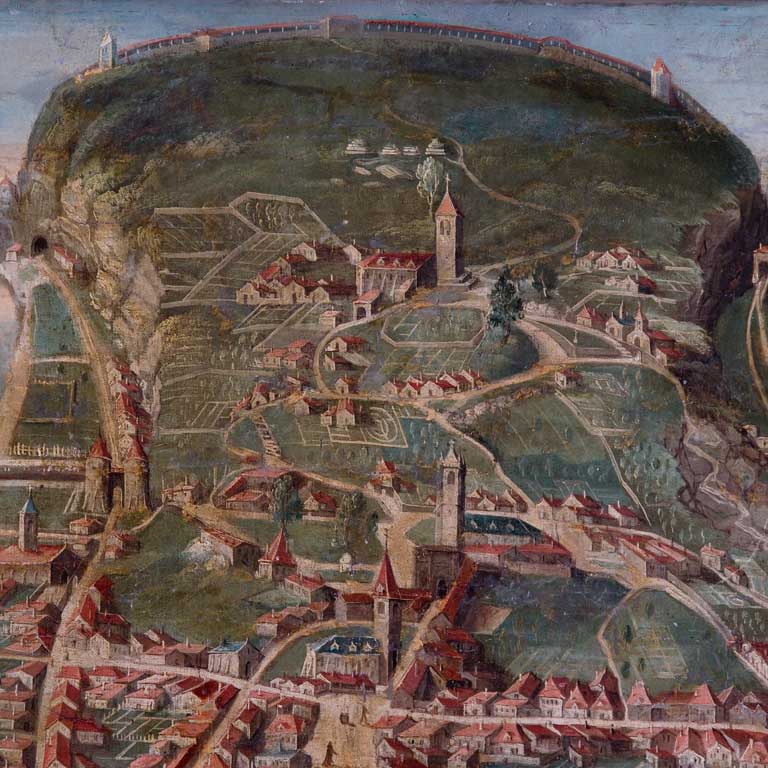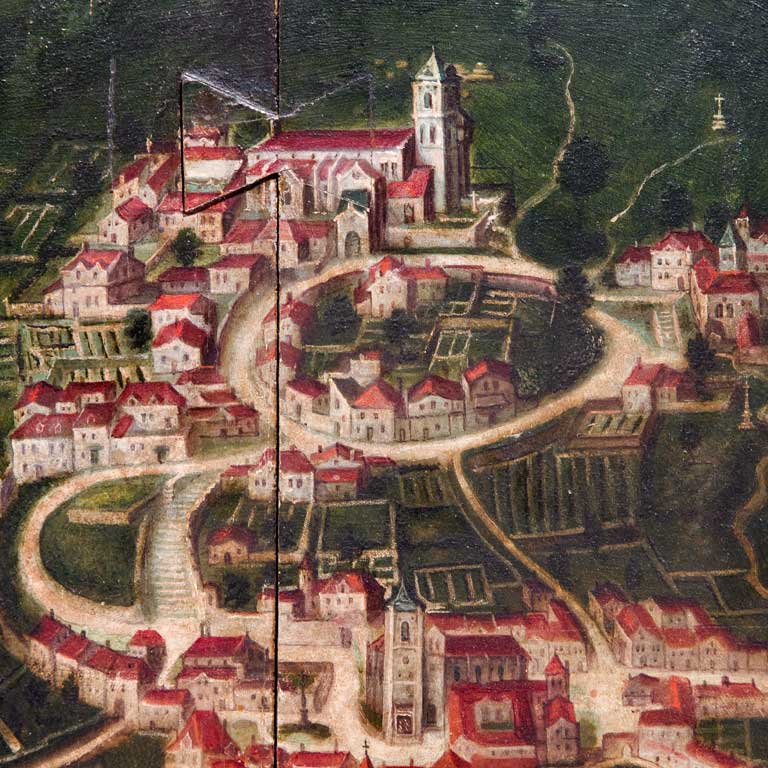This canon’ s house was built in the shape of a U and you can see the date 1565 on the front gate. Like other houses nearby, it was built between a closed courtyard and a walled garden. This type of architecture was very popular as of the late Middle Ages in canonical neighbourhoods, because it allowed canons to live their lives sheltered from the outside world. In the 17th century, this house had a chapel, probably because it was occupied by the Chapter Head. In the 18th century, Canon Talbert lived here. He won First Prize from the Academy of Dijon for an essay on the origins of inequality between men. All well and good, you may say, but what really made him famous was: one of the competitors for the prize was none other than the writer Jean-Jacques Rousseau!
Even though there are still quite a few canons’ houses extant around Saint John’s Cathedral, it is interesting to note that in 1678, Vauban had 22 of them demolished, along with Saint Stephen’s Cathedral, so he could build the Citadel.
Now, we’ll direct you to No. 6, rue du Palais. To get there, you have to walk along rue du Chapitre, which is narrow and bounded on one side by the Cathedral wall. You can see several canons’ houses giving right onto the street, such as the one at No. 3. This was probably because there was not enough land to allow for a courtyard and a garden, with the house in between, as you saw at No. 14, rue de la Convention.





